SonoLong SoftSecure-Catheter Placement for Peripheral Nerve Blocks
$0.00
Shipped From Abroad
Typically 10-21 working days – excluding furniture and heavy/bulky equipment. Please contact us for further information.
Description
Clinical Requirements – Precision in Catheter Placement
Precise and permanent placement of the catheter is of crucial importance for reliable performance of peripheral nerve blocks. Marhofer et al.1 have analyzed the causes and consequences of catheter misplacement in detail. Among other things, they found a highly significant correlation between dwell time and dislocation rate of the catheter for interscalene and femoral nerves.
Primary dislocation
If the catheter is pushed further through the nerve, the anesthetic not only misses its target area, but serious complications such as injury to nerve structures and blood vessels can also occur.
Secondary dislocation
Early mobilization of patients also carries the risk of catheter migration. This can damage vessels or nerves and the effectiveness of regional anesthesia cannot be guaranteed.
Relevance of the Catheter Material – Atraumatic, Flexible Catheter Tip
An important starting point for reducing the dislocation rate is the quality of the catheter tip. In 2012, Shih et al. found a direct correlation between the stiffness of the catheter material and the dislocation rate during epidural block.2
This is exactly where the PAJUNK® development started off from. The result is the SonoLong SoftSecure catheter, which is characterized by a soft catheter material and is equipped with a stylet, a stainless steel spiral, and three lateral openings.
The soft tip of the SonoLong SoftSecure catheter ensures precise placement, as the tip is deflected away from the nerve wall due to the wall’s resistance.
For the same reason, the catheter is also held back by the surrounding, firmer structures of the fascia and rolls up in the immediate vicinity. Further advancement of the catheter and subsequent dislocation during patient mobilization should be avoided.
SonoLong SoftSecure Catheter Features & Advantages
Soft Catheter Material
Makes the tip soft and flexible:
- Designed to minimize the primary and secondary dislocation rates.
- Injury to nerve structures and blood vessels can be prevented from occurring.
Markings and Graduations
Outlet markings for the SonoLong needle 50 mm, 100 mm, 150 mm, and six ascending 360° markings in 5 cm increments up to 30 cm:
- Indicate where the catheter tip exits the needle.
- Support easy control of catheter position.
Catheter Container with Integrated Insertion Aid
Supports one-handed catheter insertion through the needle and tactile perception:
- Catheter placement is possible under sterile conditions since the catheter is protected by the catheter container.
- Memory effect can be avoided.
Three Lateral Openings
Arranged around the first 1.1 cm, the tip is closed:
- Optimize even distribution of the anesthetic.
Stylet Ensures Stability
Stylet is set back 5 cm from the distal end:
- Supports convenient and secure placement.
- The soft catheter tip maintains its atraumatic properties.
Integrated Stainless Steel Helical Coil
Ensures kink resistance and flexibility, and a stable inner lumen3.
- Enables a high anesthetic flow rate
- and a smooth connection to the injection pump.
SonoLong NanoLine® Needle Features & Advantages
Cornerstone Reflectors
360° graduations on the first 20 mm of the needle in two sections:
- Optimized ultrasound visibility of the needle shaft4.
- Reliable and optimized needle echogenicity at higher insertion angles.
NanoLine Coating
Ultra-thin polymer layer in the inner and outer lumen:
- Increased stimulation precision only through the non-insulated needle tip.
Quick Comparison
| SonoLong SoftSecure-Catheter Placement for Peripheral Nerve Blocks remove | Complete Oxygen Cylinder with Accessories remove | Discover 5 Panel Cup with Adulterants Per Pack remove | Disposable Polythene Apron (Per Roll of 75 pieces) remove | Adult BP Cuff remove | Male Urinal remove | |
|---|---|---|---|---|---|---|
| Name | SonoLong SoftSecure-Catheter Placement for Peripheral Nerve Blocks remove | Complete Oxygen Cylinder with Accessories remove | Discover 5 Panel Cup with Adulterants Per Pack remove | Disposable Polythene Apron (Per Roll of 75 pieces) remove | Adult BP Cuff remove | Male Urinal remove |
| Image |  | 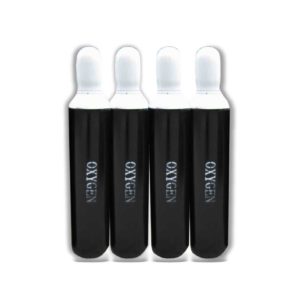 | 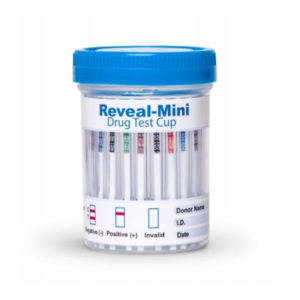 | 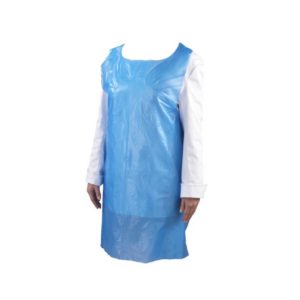 | 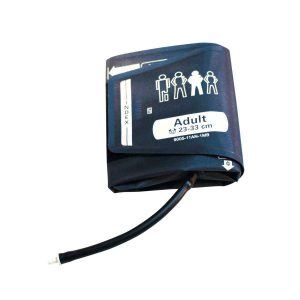 | 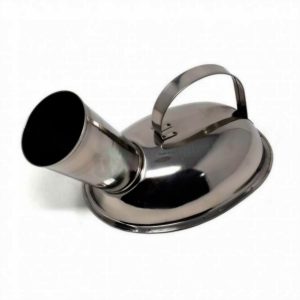 |
| SKU | SF1033560130169-13 | SF1033560084-60 | SF1033560084-23 | SF1033560084-57 | SF1033560084-124 | SF1033560084-86 |
| Rating | ||||||
| Price |
| $59.00 |
| $52.00 | $4.70 | $6.40 |
| Stock | ||||||
| Availability | ||||||
| Add to cart | ||||||
| Description | Shipped From Abroad
Delivery & Availability:
Typically 10-21 working days – excluding furniture and heavy/bulky equipment. Please contact us for further information.
| In Stock Oxygen Cylinder with Safety Cover Delivery & Availability: Typically 2 working days – excluding furniture and heavy/bulky equipment. Please contact us for further information. | In stock
The Discover Cup is an all-in-one drug of abuse test cup. The strips are self-contained and the entire cup is tamper resistant.
Delivery & Availability:
| In Stock Disposable Polythene Apron Delivery & Availability: Typically 2 working days – excluding furniture and heavy/bulky equipment. Please contact us for further information. | In stock
| In stock Delivery & Availability: Typically 5-7 working days – excluding furniture and heavy/bulky equipment. Please contact us for further information. |
| Content | Clinical Requirements - Precision in Catheter PlacementPrecise and permanent placement of the catheter is of crucial importance for reliable performance of peripheral nerve blocks. Marhofer et al.1 have analyzed the causes and consequences of catheter misplacement in detail. Among other things, they found a highly significant correlation between dwell time and dislocation rate of the catheter for interscalene and femoral nerves. Primary dislocation If the catheter is pushed further through the nerve, the anesthetic not only misses its target area, but serious complications such as injury to nerve structures and blood vessels can also occur. Secondary dislocation Early mobilization of patients also carries the risk of catheter migration. This can damage vessels or nerves and the effectiveness of regional anesthesia cannot be guaranteed.Relevance of the Catheter Material - Atraumatic, Flexible Catheter TipAn important starting point for reducing the dislocation rate is the quality of the catheter tip. In 2012, Shih et al. found a direct correlation between the stiffness of the catheter material and the dislocation rate during epidural block.2 This is exactly where the PAJUNK® development started off from. The result is the SonoLong SoftSecure catheter, which is characterized by a soft catheter material and is equipped with a stylet, a stainless steel spiral, and three lateral openings. The soft tip of the SonoLong SoftSecure catheter ensures precise placement, as the tip is deflected away from the nerve wall due to the wall's resistance. For the same reason, the catheter is also held back by the surrounding, firmer structures of the fascia and rolls up in the immediate vicinity. Further advancement of the catheter and subsequent dislocation during patient mobilization should be avoided.SonoLong SoftSecure Catheter Features & AdvantagesSoft Catheter Material
Makes the tip soft and flexible:
Markings and Graduations
Outlet markings for the SonoLong needle 50 mm, 100 mm, 150 mm, and six ascending 360° markings in 5 cm increments up to 30 cm:
Catheter Container with Integrated Insertion Aid
Supports one-handed catheter insertion through the needle and tactile perception:
Three Lateral Openings
Arranged around the first 1.1 cm, the tip is closed:
Stylet Ensures Stability
Stylet is set back 5 cm from the distal end:
Integrated Stainless Steel Helical Coil
Ensures kink resistance and flexibility, and a stable inner lumen3.
SonoLong NanoLine® Needle Features & Advantages
Cornerstone Reflectors
360° graduations on the first 20 mm of the needle in two sections:
NanoLine Coating
Ultra-thin polymer layer in the inner and outer lumen:
| Oxygen Cylinder with Safety Cover |
All-in-One Design
| Disposable Polythene Apron |
| |
| Weight | N/A | N/A | N/A | N/A | N/A | N/A |
| Dimensions | N/A | N/A | N/A | N/A | N/A | N/A |
| Additional information |

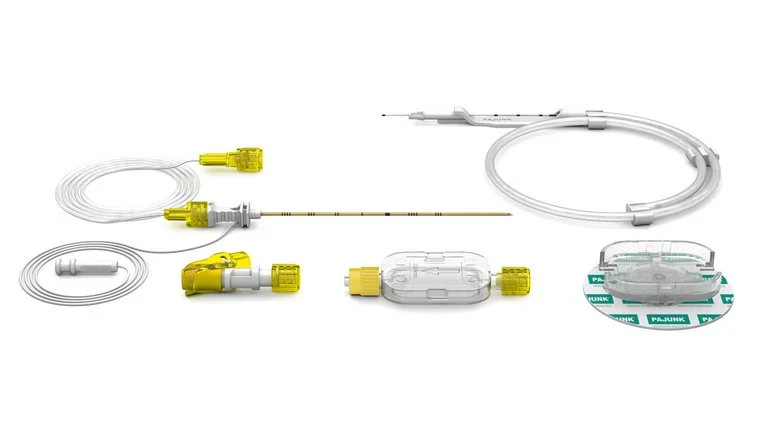
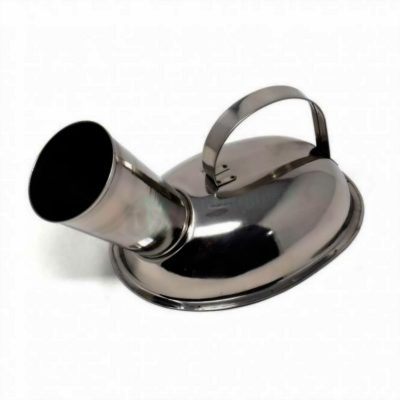
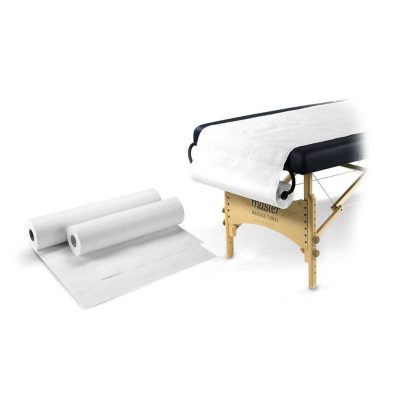
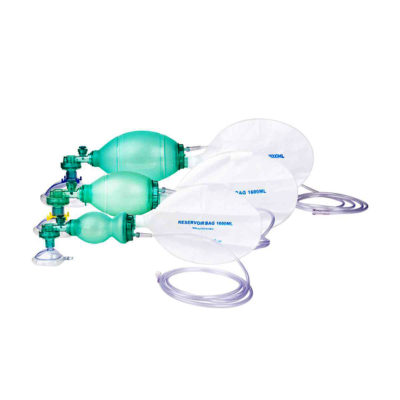
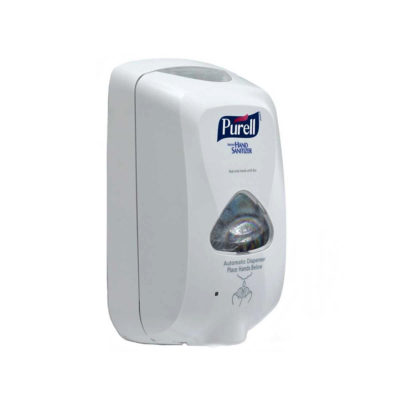
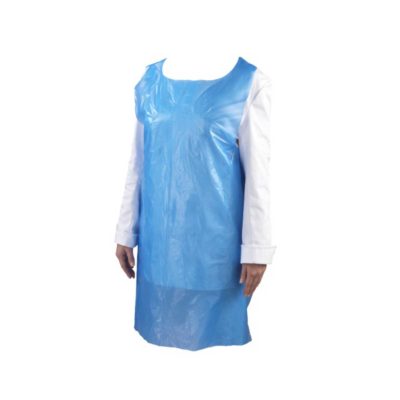
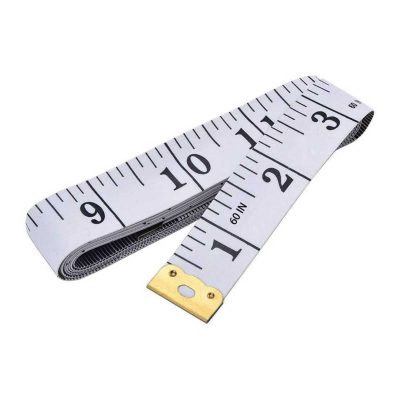
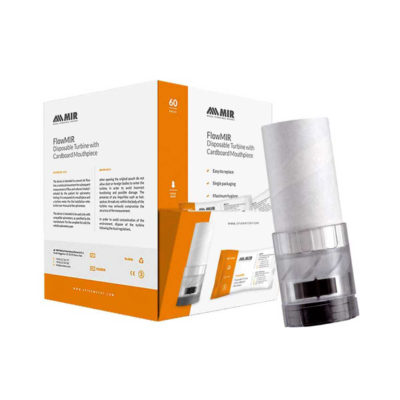
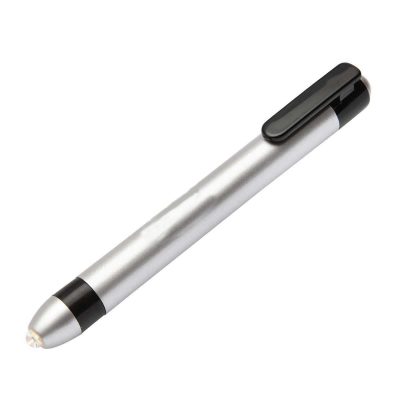
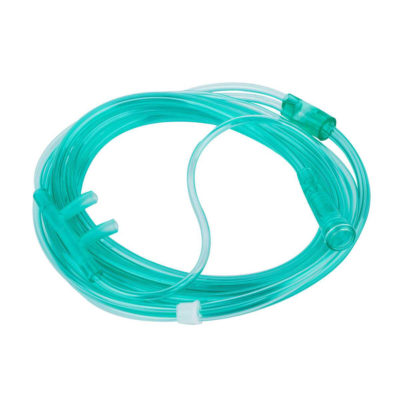


Reviews
There are no reviews yet.